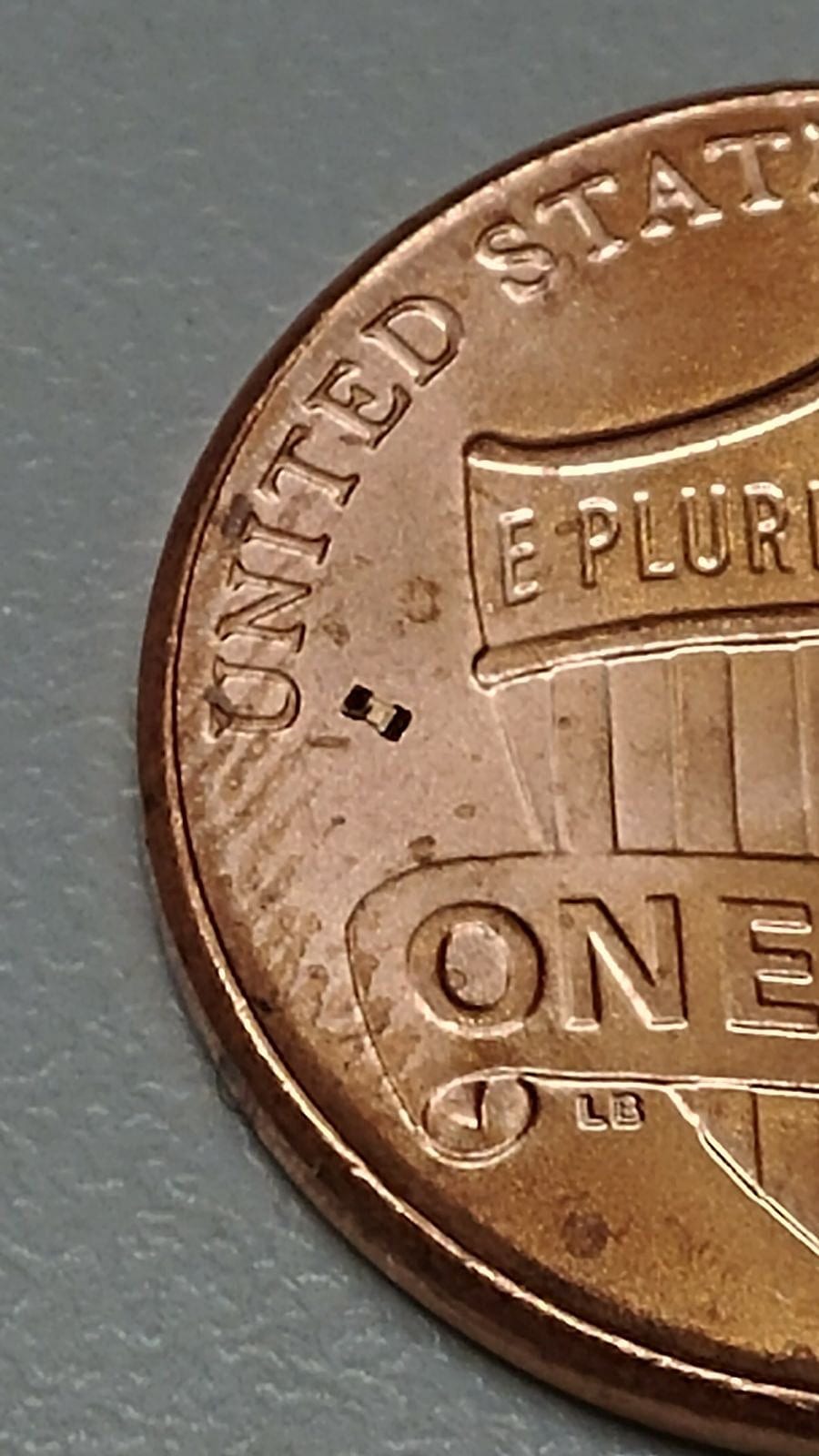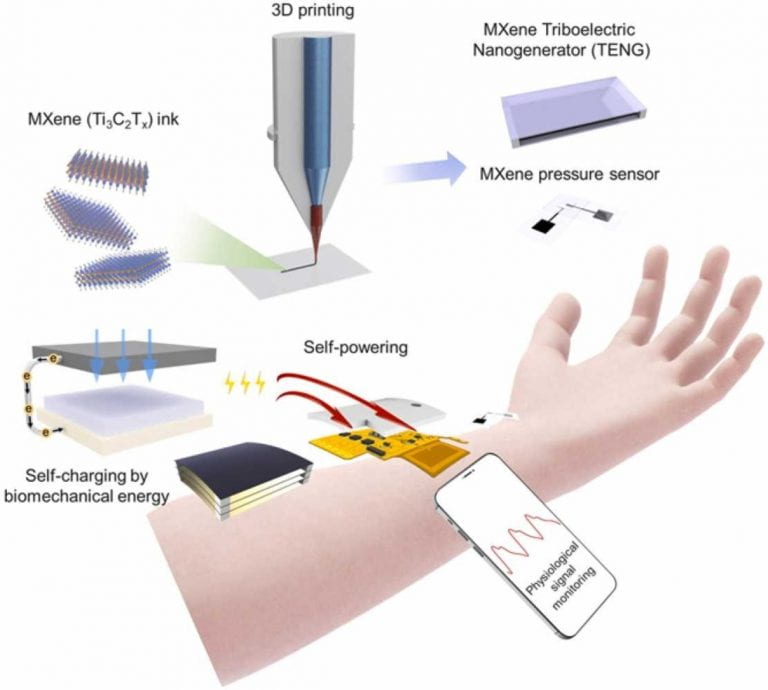
Credit: Adapted from ACS Central Science 2022, DOI: 10.1021/acscentsci.2c00468
Medicinal microrobots could help physicians better treat and prevent diseases.
But most of these devices are made with synthetic materials that trigger immune responses in vivo. Now, for the first time, researchers reporting in ACS Central Science have used lasers to precisely control neutrophils — a type of white blood cell — as a natural, biocompatible microrobot in living fish. The “neutrobots” performed multiple tasks, showing they could someday deliver drugs to precise locations in the body.
Microrobots currently in development for medical applications would require injections or the consumption of capsules to get them inside an animal or person. But researchers have found that these microscopic objects often trigger immune reactions in small animals, resulting in the removal of microrobots from the body before they can perform their jobs. Using cells already present in the body, such as neutrophils, could be a less invasive alternative for drug delivery that wouldn’t set off the immune system. These white blood cells already naturally pick up nanoparticles and dead red blood cells and can migrate through blood vessels into adjacent tissues, so they are good candidates for becoming microrobots. Previously, researchers have guided neutrophils with lasers in lab dishes, moving them around as “neutrobots.” However, information on whether this approach will work in living animals was lacking. So, Xianchuang Zheng, Baojun Li and colleagues wanted to demonstrate the feasibility of light-driven neutrobots in animals using live zebrafish.
The researchers manipulated and maneuvered neutrophils in zebrafish tails, using focused laser beams as remote optical tweezers. The light-driven microrobot could be moved up to a velocity of 1.3 µm/s, which is three times faster than a neutrophil naturally moves. In their experiments, the researchers used the optical tweezers to precisely and actively control the functions that neutrophils conduct as part of the immune system. For instance, a neutrobot was moved through a blood vessel wall into the surrounding tissue. Another one picked up and transported a plastic nanoparticle, showing its potential for carrying medicine. And when a neutrobot was pushed toward red blood cell debris, it engulfed the pieces. Surprisingly, at the same time, a different neutrophil, which wasn’t controlled by a laser, tried to naturally remove the cellular debris. Because they successfully controlled neutrobots in vivo, the researchers say this study advances the possibilities for targeted drug delivery and precise treatment of diseases.
Original Article: Turning white blood cells into medicinal microrobots with light
More from: University of Jinan | American Chemical Society
The Latest Updates from Bing News & Google News
Go deeper with Bing News on:
Neutrobots
- Feed has no items.
Go deeper with Google Headlines on:
Neutrobots
[google_news title=”” keyword=”neutrobots” num_posts=”5″ blurb_length=”0″ show_thumb=”left”]
Go deeper with Bing News on:
Biocompatible microrobot
- Celebrating National Inventors Month
As the world celebrates human ingenuity during National Inventors Month in May, UDaily spoke with Das about her journey toward invention. Q: Tell us about your patented invention on microrobots for ...
- The Schmidt Science Fellows For 2024 Are Announced
Eric and Wendy Schmidt have announced the 2024 cohort of Schmidt Science Fellows. As in years past, this year’s class of 32 fellows are all recent PhD’s who’ve been identified as some of the ...
- Carbon-Based Tiny Robots Could Revolutionize Various Industries
In explaining his research, the professor in the Department of Mechanical Engineering alludes to the 1966 science-fiction film Fantastic Voyage, about a submarine vessel and its crew shrunk to microsc ...
- American Chemical Society
In the search for a better sweetener, researchers have found a low-calorie mixture that is as sweet as table sugar and, in lab experiments, feeds “good” gut microbes.
- Seaweed microbots could one day treat cancer, researcher says
Seaweed microbots could one day treat cancer, researcher says Posted: April 11, 2024 | Last updated: April 11, 2024 It is the first of its kind, its developers say: a microrobot which can navigate ...
Go deeper with Google Headlines on:
Biocompatible microrobot
[google_news title=”” keyword=”biocompatible microrobot” num_posts=”5″ blurb_length=”0″ show_thumb=”left”]










